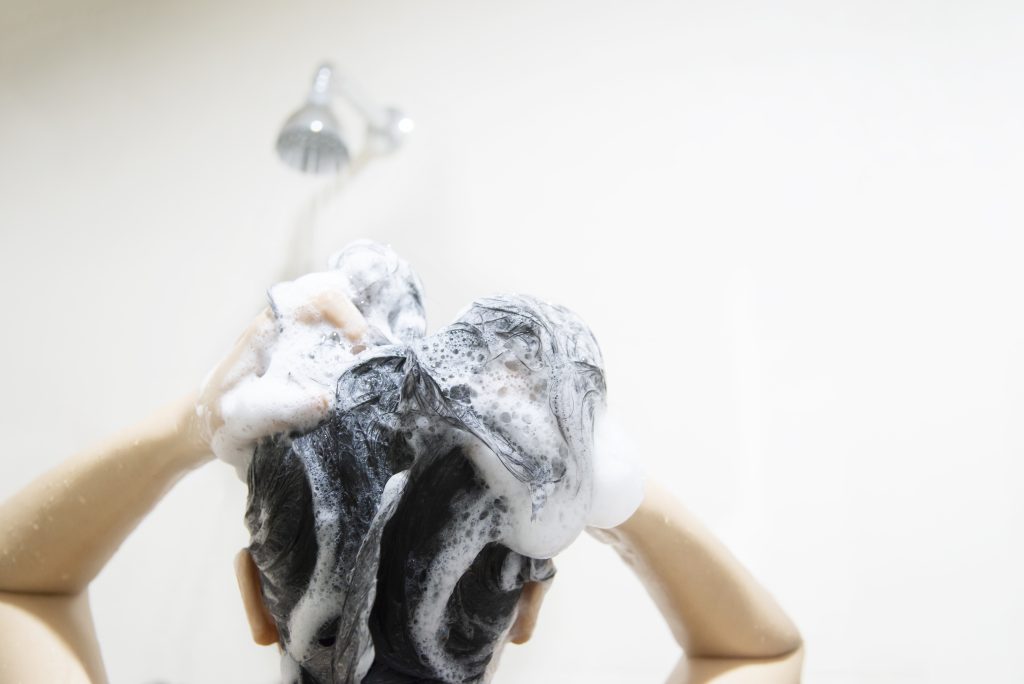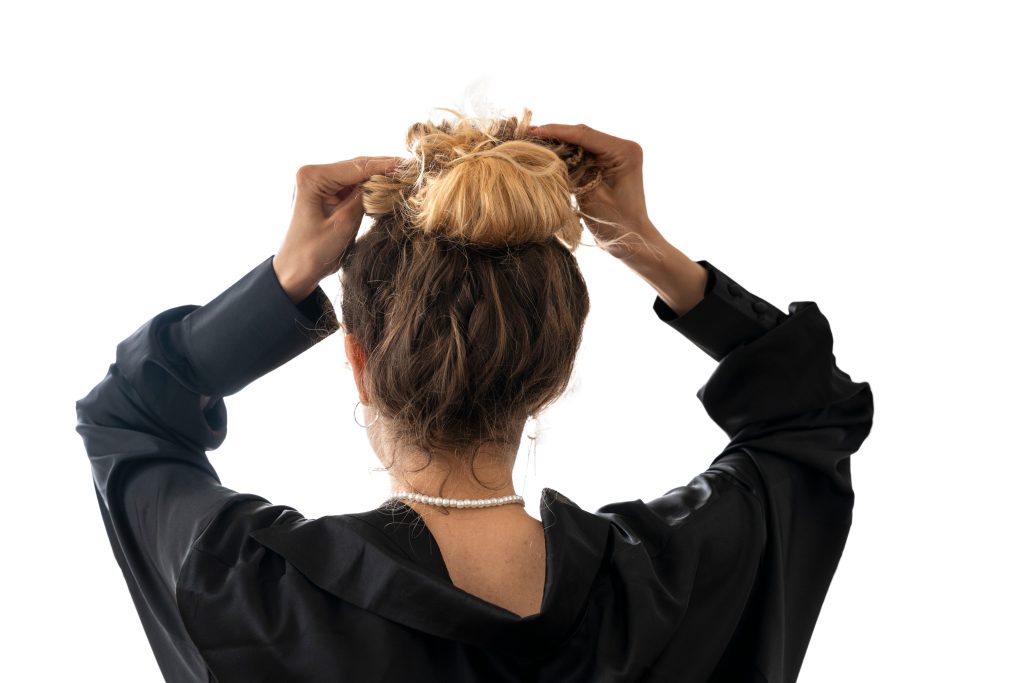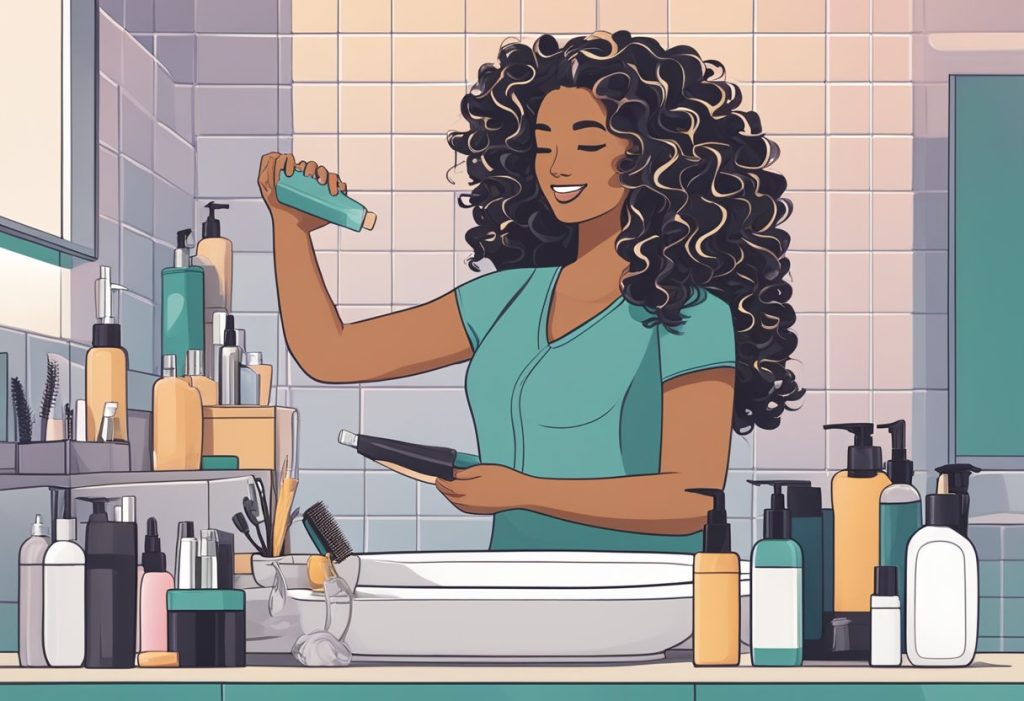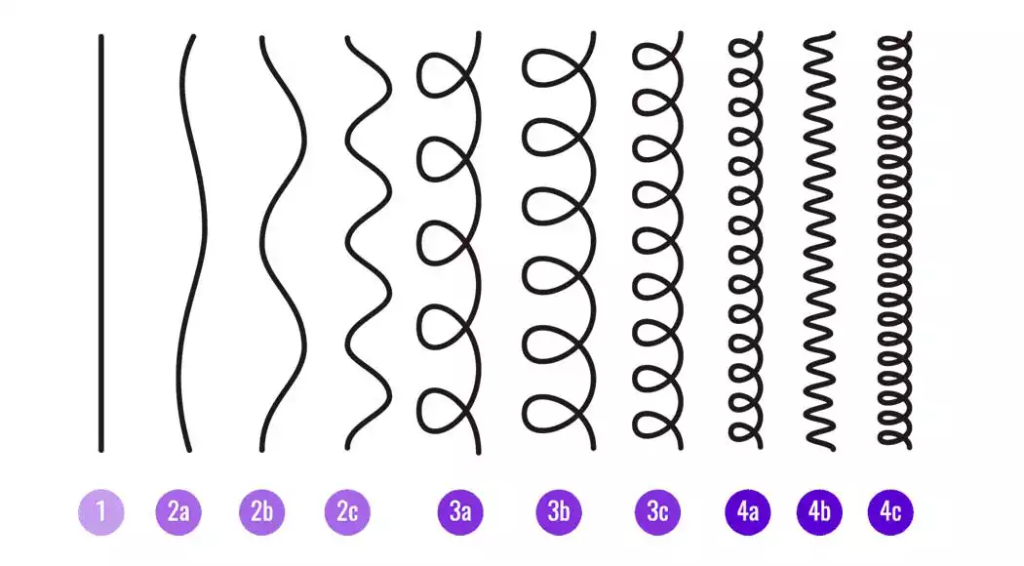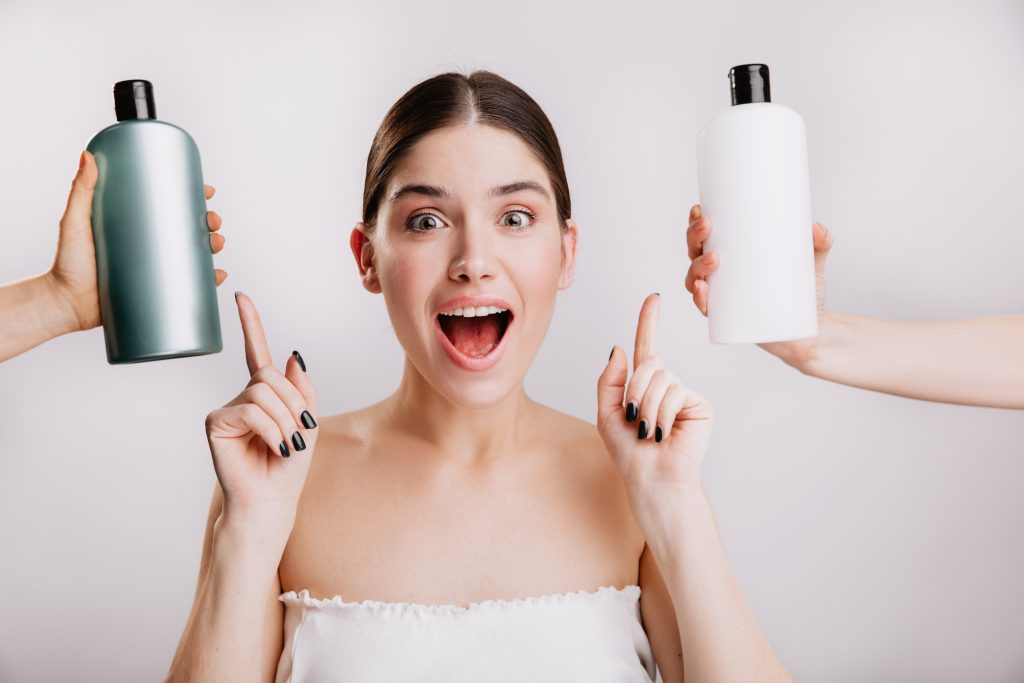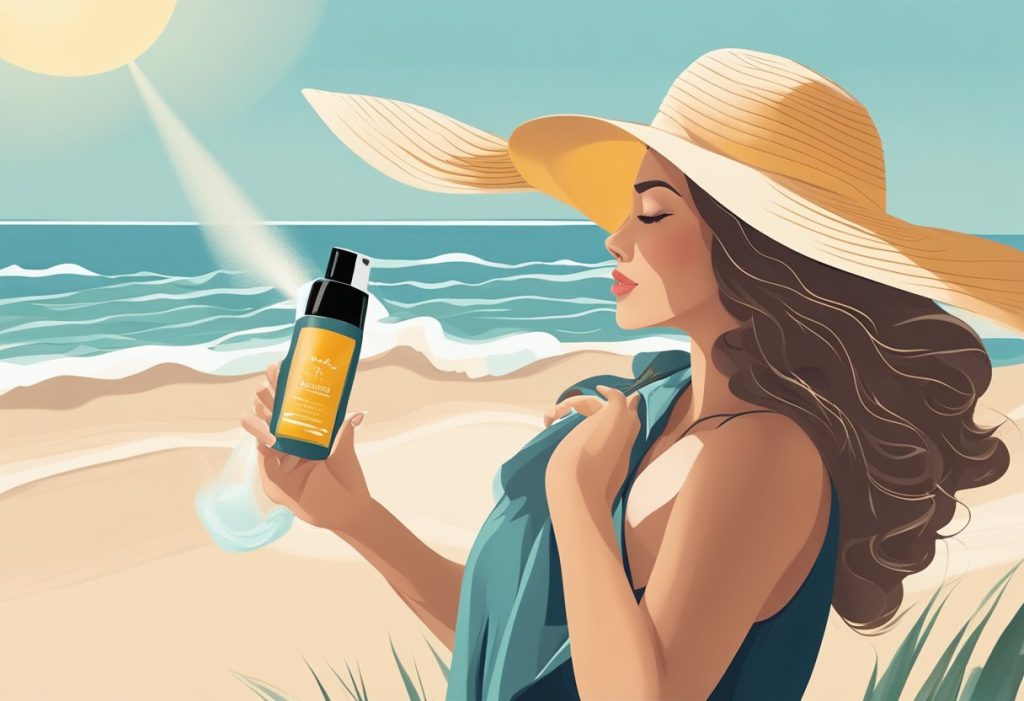Today, we’re diving headfirst into the world of hair oiling—because let’s be real, our hair deserves more pampering than a spa day.
Hair oiling has long been a popular practice for nourishing and revitalizing your locks. It involves the application of natural oils to your scalp and hair, often before washing, to help moisturize, strengthen and protect your strands. The benefits of hair oiling extend to boosting shine and overall health of your hair, making it an essential component of your hair care routine.
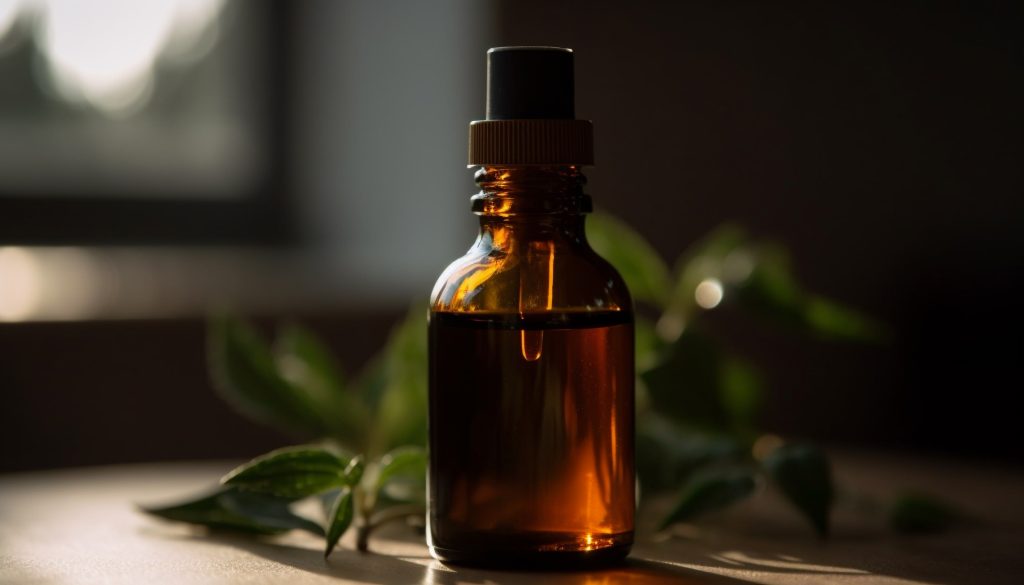
But like any other beauty treatment, hair oiling has its do’s and don’ts that you should be aware of to ensure a successful and beneficial experience. In this article, we’ll discuss some crucial tips to choose the right oils, application methods, and timing for optimal results.
Let’s get into it!
Hair Oiling Don’ts
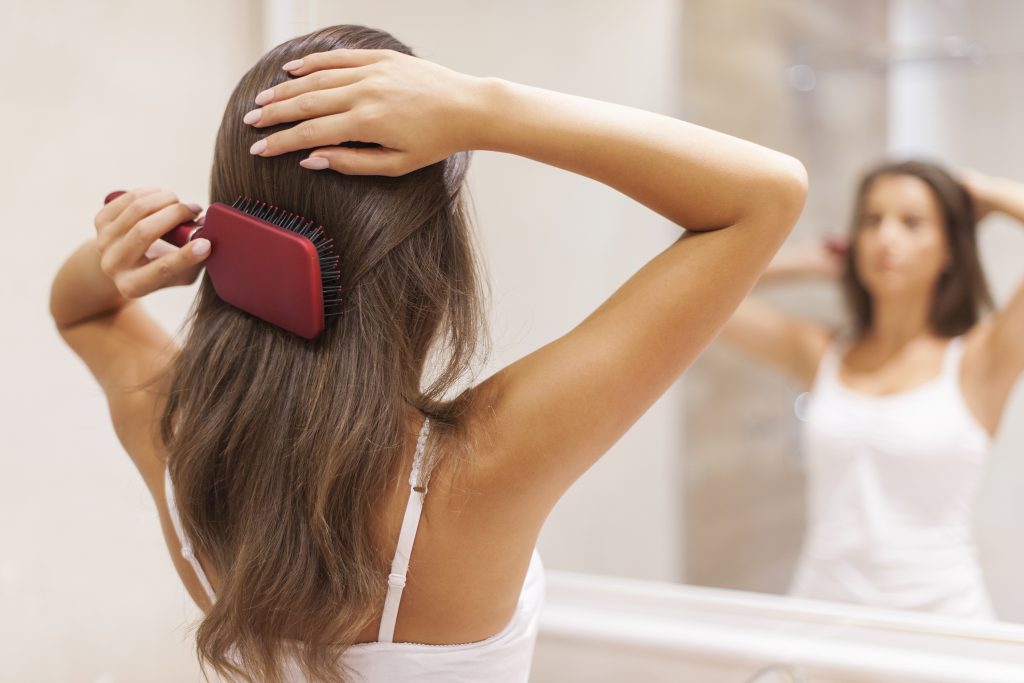
First let’s discuss what you should avoid doing when oiling your hair:
Never Keep Oil in Your Hair for Too Long
While patience is a virtue, excessive time with oil-soaked hair can lead to a greasy aftermath. Aim for a reasonable duration to allow absorption without turning your locks into an oil slick.
Do Not Comb Your Hair Right After Applying Oil
Resist the urge to wield that comb immediately. Hair, post-oiling, is more delicate, and combing vigorously can lead to breakage. Give it some time to let the oil work its magic before detangling.
Do Not Apply Too Much Oil
Moderation is key when it comes to oil application. Overloading your hair with oil won’t make it healthier; instead, it might become a burden. Apply a sufficient amount to provide nourishment without drowning your strands.
Avoid Tight Hairstyles After Applying Oil
Your hair needs to breathe after an oil session. Tight hairstyles can create unnecessary tension, especially when your hair is in a delicate, oil-saturated state. Opt for loose styles to maintain the health of your hair.
Don’t Massage Too Much
While a gentle scalp massage is beneficial, excessive rubbing can lead to overstimulation. Too much pressure may cause more harm than good, potentially damaging your hair follicles. Keep the massage soothing and gentle for optimal results.
Hair Oiling Do’s:
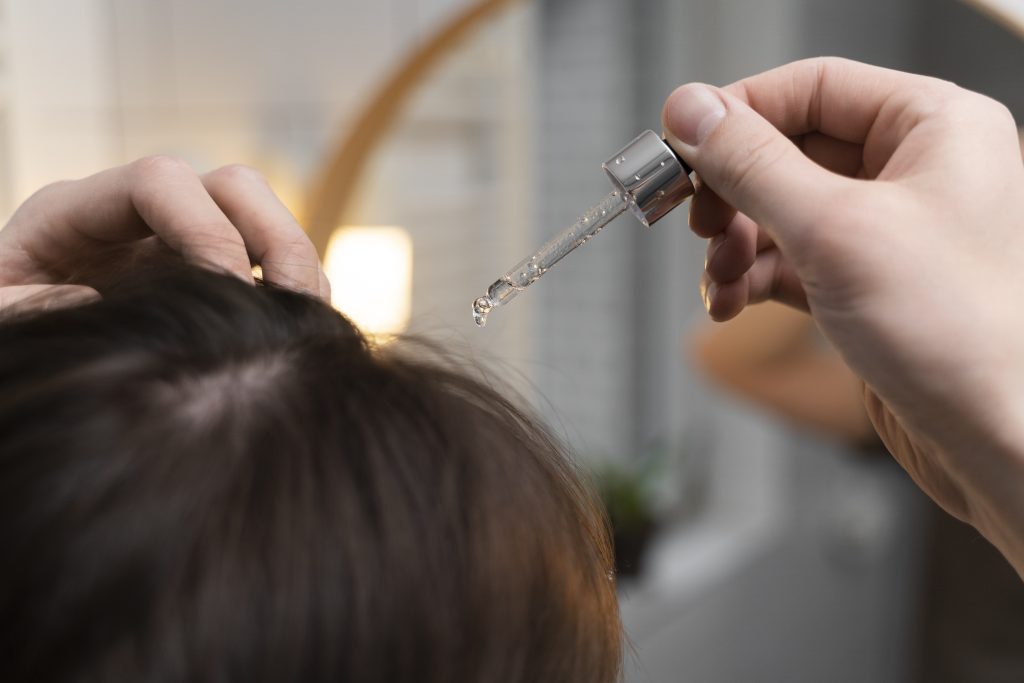
Now let’s take a look at some of the things you should do when oiling your hair:
Choose the Right Oil
Selecting the appropriate oil is the first step in effective hair oiling. Different oils cater to various needs, such as coconut for nourishment, argan for added shine, or olive oil for overall versatility. Consider your hair type and preferences to find the perfect match.
Massage Your Scalp Gently
When applying the oil, focus on giving your scalp a gentle massage. This not only ensures even distribution but also stimulates blood circulation, promoting a healthier scalp environment.
Apply Oil Focusing on Your Scalp
While the lengths of your hair can benefit from oiling, it’s crucial to concentrate on the scalp. The roots are where the magic happens – nourishing the hair follicles and maintaining a balanced, moisturized scalp.
Leave the Oil on for Some Time
Patience is key. Allow the oil to work its magic by leaving it on for at least an hour, but 4 hours is optimal. This allows the hair strands to absorb the nourishing elements and provides an opportunity for deep conditioning.
Apply an Adequate Amount of Oil
More doesn’t always mean better in the world of hair oiling. Applying an appropriate amount ensures effective coverage without weighing down your hair. Strike the right balance – enough to nourish, but not so much that it drenches your strands.
Remember, the goal is to achieve a harmonious balance that leaves your hair healthy, vibrant, and full of life!
Different Types of Hair Oils
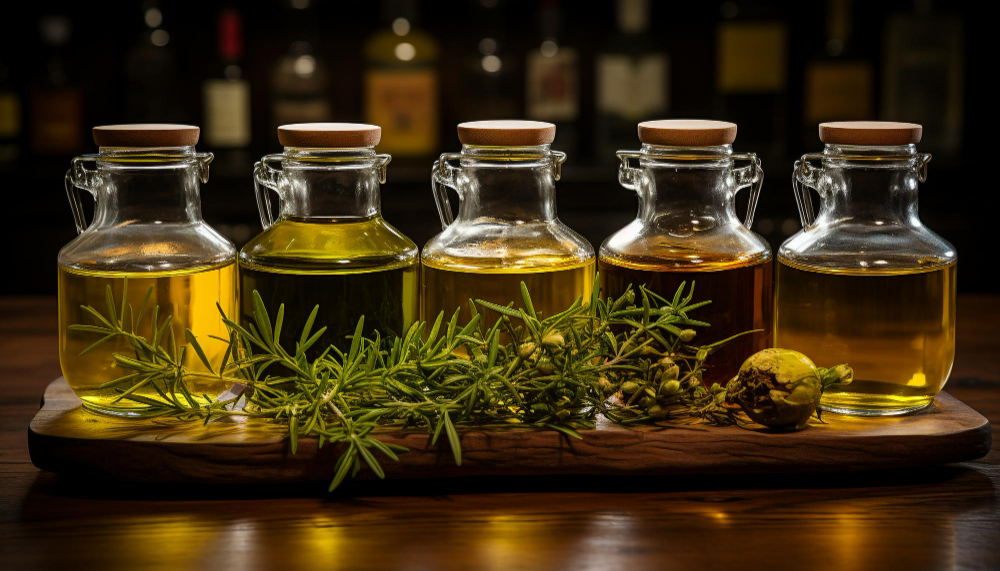
When it comes to selecting the appropriate hair oil for your needs, there are multiple options to consider. Each hair oil has its unique characteristics and benefits. Here, we’ll briefly discuss some popular natural oils and their advantages in hair oiling.
Coconut oil is one of the most widely used hair oils due to its moisture-retaining abilities. It penetrates the hair shaft easily and helps reduce protein loss.
Olive oil is another popular choice, rich in vitamins and minerals that nourish your hair. It’s excellent for reducing split ends and adding shine.
Argan oil, commonly referred to as “liquid gold,” is highly regarded for its ability to tame frizz and add a healthy shine to hair. It is rich in antioxidants, essential fatty acids, and Vitamin E, which help increase hair’s elasticity and restore its natural shine.
Castor oil is well-known for promoting hair growth, especially when dealing with thinning hair. It not only helps instigate hair growth but also strengthens your hair from the roots.
Jojoba oil helps in regulating your scalp’s natural oil production; it closely resembles your scalp’s natural oils. It’s excellent for moisturizing and reducing dandruff.
Sweet almond oil, another fan favorite, is packed with essential fatty acids that help nourish and hydrate your hair. It can also help reduce dandruff and soothe a dry scalp.
Essential oils, such as lavender, rosemary, and tea tree oil, are highly concentrated extracts from plants that can promote hair growth, improve scalp health, and provide a pleasing fragrance when added to your hair oiling routine. Make sure to always blend essential oils with carrier oils, such as the ones mentioned above, as they can be too strong when applied directly to the scalp.
Experiment with these natural oils to discover which one best suits your hair’s needs.
How to Choose the Right Hair Oil
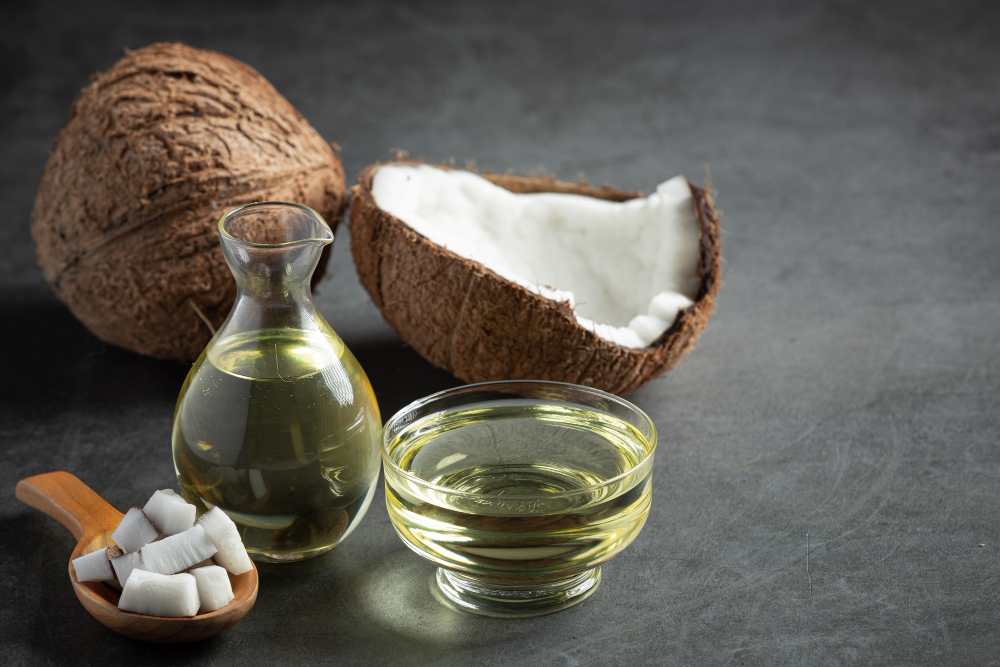
When choosing the right hair oil, it’s essential to consider your hair type and specific needs. Here are some tips to guide you on selecting the perfect oil for your hair care routine.
First, identify your hair type. Different oils work better for different hair types, such as dry, oily, or combination hair. For example, if you have dry hair, look for oils rich in oleic acid, which are known for their moisturizing properties. On the other hand, lighter oils like jojoba oil are better suited for oily or combination hair, as they can help regulate oil production.
Next, focus on the benefits of oiling. Look for oils packed with vital nutrients like vitamin E and antioxidants, which can enhance your hair’s overall health. Some popular oils with these properties include argan oil, which is rich in vitamins A, C, and E, and grapeseed oil, known for its vitamin E content. These oils can strengthen your hair, promote new growth, and reduce split ends.
Consider the following list of oils based on the specific benefits they offer:
- Moisturizing: Coconut oil, olive oil, and avocado oil
- Strengthening: Argan oil and grapeseed oil
- Promoting hair growth: Castor oil and evening primrose oil
- Reducing dandruff and soothing scalp: Jojoba oil and tea tree oil
Additionally, opt for natural oils whenever possible. Natural oils, like those mentioned above, are often safer and more beneficial to your hair than synthetic oils. They provide nourishment without causing issues like build-ups or irritation.
Finally, incorporate the chosen oil into your hair care routine effectively. This may involve adjusting the frequency of oiling or the amount of oil you use based on your hair’s needs. Remember, moderation is key, and overusing any oil can lead to greasy hair or an oily scalp.
Possible Hair Issues with Oiling

Oiling your hair can be a great solution to various hair problems you might be facing. Let’s discuss how to tackle some common issues by following the dos and don’ts of hair oiling.
Damage and Split Ends: Using the right oils can help create a barrier against daily environmental damage, reducing split ends. Make sure to apply oil to the ends of your hair too, where it tends to be driest and most prone to splitting.
- Do: Use nourishing oils like argan, coconut, or almond.
- Don’t: Overapply or use heavy oils that can weigh your hair down.
Hair Loss and Breakage: Oiling and massaging your scalp can help strengthen hair follicles and prevent hair loss. Be gentle while massaging to avoid damaging your hair and causing breakage.
- Do: Use a wooden comb or scalp massager for a proper massage before oiling.
- Don’t: Be rough or use your nails while massaging.
Dandruff and Scalp Infections: Antifungal and antibacterial oils like tea tree oil can help reduce dandruff and protect against scalp infections. A Cleveland Clinic article recommends using a pea-sized amount of oil and spreading it evenly throughout your hair before washing.
- Do: Use natural remedies like aloe vera and neem oil for stubborn dandruff.
- Don’t: Keep the oil in your hair for too long; it’s best to wash it off after 3-4 hours.
Oily Scalp: Hair oiling can regulate sebum production, thus controlling an oily scalp. Choose a lightweight, non-greasy oils for your hair and scalp.
- Do: Use grapeseed or jojoba oil for oily scalps.
- Don’t: Apply too much oil, as it can worsen the issue.
Care After Oiling

After oiling your hair, it’s essential to follow proper care steps to maintain the benefits. Here are some tips for taking care of your hair post-oiling.
First, let the oil sit in your hair for about 1-4 hours, allowing it to penetrate the hair shafts. For best results, wrap your head in a warm towel during this time. Doing so will help to open the cuticles and let the oil do its magic.
Next, using a clarifying shampoo helps in removing the excess oil from your hair. Make sure you lather gently on your scalp and apply the shampoo to the length of your hair. Avoid using hot water as it can strip your hair of its natural oils. Instead, use lukewarm water to wash your hair after oiling.
Follow up with a suitable hair conditioner focusing on the ends of your hair. This step ensures that your hair remains moisturized and manageable after the oil treatment.
If needed, you can use an alternative method, like an apple cider vinegar rinse, to further exfoliate your scalp and eliminate any remaining oil or built-up dirt.
Incorporate serums or moisturizers to your hair care routine after washing and conditioning. These products help to lock in the moisture from the oil treatment, providing additional hair protection and ensuring your hair remains healthy.
Lastly, avoid using heat-styling tools immediately after oiling to prevent excessive damage to your hair. Instead, let your hair air-dry and style it using natural methods.
By following these simple post-oiling care steps, you’ll ensure that your hair remains healthy, nourished, and looking its best.
Frequently Asked Questions

What is the correct method of oiling hair?
To oil your hair correctly, begin by sectioning your hair, then gently massaging the oil of your choice into your scalp using your fingertips. Work it gently down to the tips of your hair. Make sure to evenly distribute the oil throughout your hair without drenching it.
How long should you leave oil in your hair?
The duration you leave oil in your hair depends on your hair type and needs. Generally, it is recommended to leave oil in your hair for at least an hour to 4 hours. Remember that longer exposure is not always better, as it could lead to scalp buildup.
What should you do after oiling your hair?
After oiling your hair, you can rinse it with lukewarm water, followed by a gentle shampoo to remove the oil. You can condition your hair afterward if needed. Always use a wide-toothed comb to detangle your hair when it’s wet to prevent breakage.
What not to do when oiling hair?
Avoid using too much oil, as it can make your hair greasy and difficult to wash out. Do not apply oil to tangled or dirty hair, as it may worsen the condition. Also, avoid rubbing or pulling your hair aggressively while oiling, as this can lead to hair damage and breakage.
Which is the best oil for hair growth and maintenance?
The best oil for hair growth and maintenance differs depending on individual needs and preferences. Some popular choices include rosemary oil, coconut oil, jojoba oil, argan oil, and almond oil. Each oil has its unique properties and benefits. Experiment with different oils to find the one that works best for your hair type.
Can oiling hair overnight cause any issues?
Oiling your hair overnight can cause issues like scalp buildup and greasiness if done excessively. To avoid these problems, be sure to use a moderate amount of oil and don’t leave it in overnight.
Conclusion
In conclusion let’s quickly run through the dos and donts we talked about today:
- Do apply oil throughout your hair, from the scalp to the ends, focusing on the areas where it’s needed most. However, less is more, so don’t over-apply. A generous, but not excessive, amount of oil is sufficient.
- Do massage your scalp gently when applying the oil to stimulate blood circulation, but don’t rub the scalp too hard, as this may cause irritation or damage.
- Do leave on the oil for a few hours, but don’t let it sit overnight.
Remember to always choose an oil that fits your hairs needs, and avoid overuse. Oiling once a week is more than enough.


